Armament of promising tanks: cannon or missiles?
In the beginning there was a cannon
The main weapons of combat tanks is a cannon. This has been almost always the case, starting, perhaps, since the Second World War (WWII), when the tanks took on an established look, to this day.
The caliber of a tank gun has always been a compromise between the need to defeat enemy tanks at maximum distance, the protection of which was continuously increasing, the volume of ammunition, which decreases with increasing caliber, the ability of the tank design to withstand recoil, and other factors.
Cannons of calibers 37/45 mm - 75/76 mm - 85/88 mm were installed on tanks, guns of calibers 122 mm - 152 mm were installed on anti-tank self-propelled artillery guns. On modern main battle tanks (MBT) cannons of 120/125 mm calibers have become widespread, and more and more often the question is raised that this is not enough. On the Russian T-95 tank (Object 195), it was planned to install a 152 mm gun, it is possible that in time it will be returned to it in the T-14 "Armata" tank project.
The likelihood of this increases after the tests of the modernized French MBT "Leclerc", equipped with a 140-mm cannon, and the presentation of the newest German tank gun with a caliber of 130 mm as part of the British-German MBT "Challenger 2".
In a more distant perspective, other types of tank guns are also being considered, in particular, a rail gun (the so-called "reilgan") with a fully electric projectile acceleration, as well as electrothermochemical weapons. If the implemented projects of electrothermochemical guns can most likely still be seen in the foreseeable future, then the reilgun, at best, will be implemented in the version for large surface ships, even a ground platform with full electric propulsion is unlikely to provide the rail gun with the necessary energy.
Rocket fever
The rapid development of missile technology led to the fact that a wide variety of platforms were considered as carriers of missile weapons. The tanks did not escape this fate.
The first and only mass-produced rocket tank with rockets as the main weapons, was the Soviet "Tank Destroyer" IT-1 "Dragon" (Object 150), adopted in 1968. As a weapon, it used anti-tank guided missiles (ATGM) 3M7 "Dragon" with semi-automatic guidance (ATGM second generation).
The imperfection of the ATGM of that time predetermined the fate of the IT-1: after three years, all vehicles of this type were removed from service.
In the future, other attempts were made to create missile tanks, in particular, these include the experimental Soviet missile tank "Object 287", in which missile armament in the form of an ATGM 9M15 "Typhoon" was combined with two 73-mm smooth-bore guns 2A25 "Molniya" with active-reactive ammunition PG-15V "Spear". After the completion of the development, "Object 287" was never put into service.
Ultimately, the idea of a missile tank was embodied in the form of guided weapon systems (CUV) - active reactive guided projectiles launched directly from the barrel of a tank gun, and in self-propelled anti-tank missile systems (SPTRK), implemented on the basis of lightly armored tracked and wheeled chassis.
The disadvantages of the KUV, in which an active-rocket projectile is launched from the barrel of a tank gun, can be attributed to the fact that the dimensions of the rocket-projectile are strictly limited by the caliber and chamber of the gun. Because of this limitation, KUV shells are inferior in armor penetration to most ATGMs of a similar generation. In fact, tank KUVs are not capable of hitting modern tanks in a frontal projection and are only suitable for engaging in less protected side or aft projections.
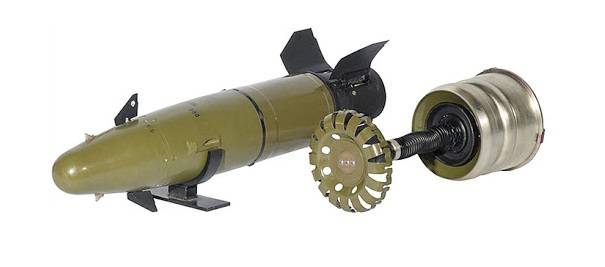
An increase in the caliber of tank guns will increase the armor penetration of active-reactive guided projectiles, making it equal to those of modern ATGMs, but the overall limitations on further modernization will in any case remain.
Created on lightly armored tracked and wheeled chassis, SPTRK have their own advantages and disadvantages. The advantages include their ability to attack tanks and other armored vehicles, as well as stationary targets and low-speed aircraft at a considerable distance, which often excludes the possibility of retaliation by potential targets. On the other hand, the choice of lightly armored carriers as a chassis makes the SPTRK vulnerable to almost all types of weapons, perhaps excluding only light small arms, which cannot be compensated for even with the use of active defense systems (KAZ). You can destroy the SPTRK from rapid-fire small-bore automatic cannon, a hand-held anti-tank grenade launcher (RPG), a large-caliber machine gun. In any projection, modern SPTRKs can be hit by high-explosive (HE) shells and ATGMs.
You can pay attention to the fact that the SPTRKs work quite "leisurely": the launcher with the missiles moves out smoothly, slowly unfolds. All this is a consequence of the initial design of this type of combat vehicles for working on targets from a long distance. In close combat, this speed of reaction is absolutely unacceptable.
Upgraded ATGM "Chrysanthemum-S"
Thus, now in close combat, tanks with traditional barrel armament are working, for which ATGMs launched from the barrel are far from the main weapon, and SPTRK, which in principle cannot work at the front line.
Tank support combat vehicles (BMPT), in particular, the Russian "Terminator", can be placed in a separate category. However, as we discussed in the article Fire support tanks, BMPT "Terminator" and the cycle of OODA John Boyd, the existing BMPT "Terminator" has practically no advantages in both detection and destruction of tank-hazardous targets, excluding the possibility of working on targets for which large vertical guidance angles are required, but the appearance in the troops of a heavy BMP T-15 based on the Armata platform negates this advantage too. And the presence of only four practically unprotected ATGMs does not turn the BMPT into an SPTRK.
Cannon and rocket armament: advantages and disadvantages
The only thing that a cannon can do and that a rocket armament cannot do is firing with armor-piercing feathered sub-caliber projectiles (BOPS) flying out of the barrel at a speed of about 1700 m / s.
As we covered in the article "Prospects for the development of ATGM: hypersound or homing?", the creation of a hypersonic ATGM is a very real task. On the one hand, a hypersonic ATGM will have a "dead zone" with a length of 300-500 meters, which is necessary to accelerate to a speed of about 1500 m / s, on the other hand, an ATGM can reach a much higher speed compared to a BOPS - up to 2200 m / s and to support it in a certain flight segment, that is, it can be assumed that the effective range of a hypersonic ATGM with a kinetic warhead will be several times greater than that of a BOPS.
Of course, a hypersonic ATGM will be much more expensive than a BOPS, although we will return to the question of the cost ratio, but BOPS is a kind of "silver bullet", it makes no sense to use it against any other target other than enemy tanks.
What is the likelihood that on a modern battlefield saturated with reconnaissance equipment, two tanks with modern target detection equipment will collide at a distance of less than 500 meters? What is the likelihood that they will collide at all?
This probability will obviously be small, but still it is. In this case, the cost / efficiency criterion will decide everything: the cost of a tank destroyed by one or two hypersonic ATGMs will still be significantly higher than the cost of one or two ATGMs. And the likelihood of hitting an enemy tank with increasing range will also be higher, since a hypersonic ATGM at a distance of 2000 meters or more will have a higher speed than a BOPS - about 2200 m / s for a hypersonic ATGM versus 1500-1600 m / s for a BOPS, which means , the kinetic energy will also be greater with an equal mass of the warhead. The accuracy will also be higher due to the presence of the ATGM control system. A bonus is the possibility of simultaneous firing of two missiles at one target, which is impossible for a tank gun with BOPS, and can significantly increase the likelihood of overcoming promising KAZ and, accordingly, hitting the target.
As for the destruction of enemy tanks at close range (up to 500 meters), then here, too, various solutions can be implemented in the form of ATGMs or unguided ammunition with two sequentially located cumulative warheads and two additional leading charges designed to penetrate dynamic protection - dimensions of tank ATGM quite allow to implement it.
Or it could be a high-explosive ammunition with a leading shrapnel charge to overcome the KAZ. If we are considering an ammunition for firing at a range of 1-2 kilometers, then its warhead may contain several tens of kilograms of explosives.
The defeat of a tank with a high-explosive charge of this power is likely to lead to its destruction. At the very least, it will be completely immobilized, the external weapons and observation modules will be destroyed, the gun barrel damaged. With a salvo launch of a powerful high-explosive and enhanced cumulative ammunition, with means of overcoming KAZ, the probability of hitting an enemy tank will be even higher.
Another tank ammunition is high-explosive fragmentation shells, including those with the possibility of remote detonation along the trajectory.
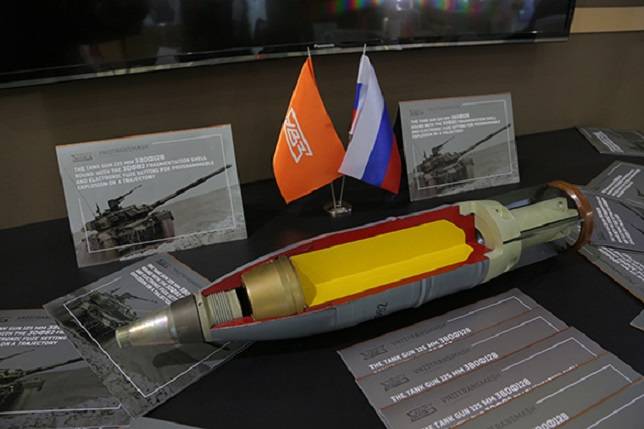
Is it possible to implement their equivalent in rocket format? Of course, yes, and with significantly greater efficiency, for example, with a different charge / warhead (CU) ratio, when a small charge and a warhead of increased power are used for firing at a distance of 1-2 kilometers (as we talked about a few paragraphs earlier), and for firing at long ranges, the mass and size of the warhead are reduced in favor of fuel for the jet engine.
Tank cumulative shells are obviously less effective than BOPS, their use is now minimal, if at all advisable. It is possible that an increase in the caliber of a tank gun to 152 mm will increase the effectiveness of cumulative warheads of tank shells, but at best it will only become comparable to that of existing ATGMs.
Finally, guided tank ammunition, as we said earlier, is in any case inferior to ATGM, especially when firing at well-armored and low-speed air targets.
To destroy air targets in a rocket tank, a special ammunition can be allocated, in fact, an anti-aircraft guided missile (SAM), implemented in the standardized dimensions of promising tank ammunition, it will be much more difficult to do this in the projectile form factor.
Thus, the main advantage that a missile tank will have, compared to a tank equipped with a gun, will be the highest versatility, due to the possibility of flexible formation of ammunition for solving various combat missions in different conditions.
Price
When cannon and rocket armament are compared, it is believed that shells are much cheaper than missiles. This is true, but only partially. Indeed, a hypersonic ATGM will be an order of magnitude more expensive than a BOPS, although BOPS is not cheap. The American BOPS M829A4 in 2014 cost $ 10 with an order volume of 100 rounds. However, the comparison almost never takes into account such a factor as the wear of the gun barrel. For example, the newest 2501A2-82M cannon with a caliber of 1 mm, which is installed on the T-125 tank of the Armata platform, has a barrel resource of about 14-800 rounds, while the 900-mm 152A2 cannon has a barrel resource of only 83 rounds. At the same time, it is unclear whether the barrel resource is declared for BOPS or for some average ammunition load, consisting of different types of shells.
Thus, the cost of the projectile must be increased by the cost of the gun divided by its resource. But that's not all, this will add the cost of replacing the barrel, the cost of transporting the tank to the place of replacement and other related costs that the missile launcher does not have. And this is not counting the fact that in combat conditions the need to replace the barrel actually puts the tank out of action.
In addition, if we make the projectile controllable, then its cost immediately approaches the cost of an ATGM, since the ATGM jet engine itself is not the most expensive part of it. Conversely, if we are talking about unguided rockets, then their cost can be comparable, or be less than that of shells, as an example we can cite rocket-propelled infantry grenade launchers (RPGs) or unguided aviation rockets (NAR, another name is unguided rockets, NURS). And we do not need only guided missiles for a rocket tank. What is the point of wasting a guided projectile on a target located 500 meters away, especially a stationary one? If a person can cope with a hit from an RPG to such a range, although it is not easy, then the guidance system, taking into account weather factors, its own speed and the speed of the target (if it moves), will also cope.
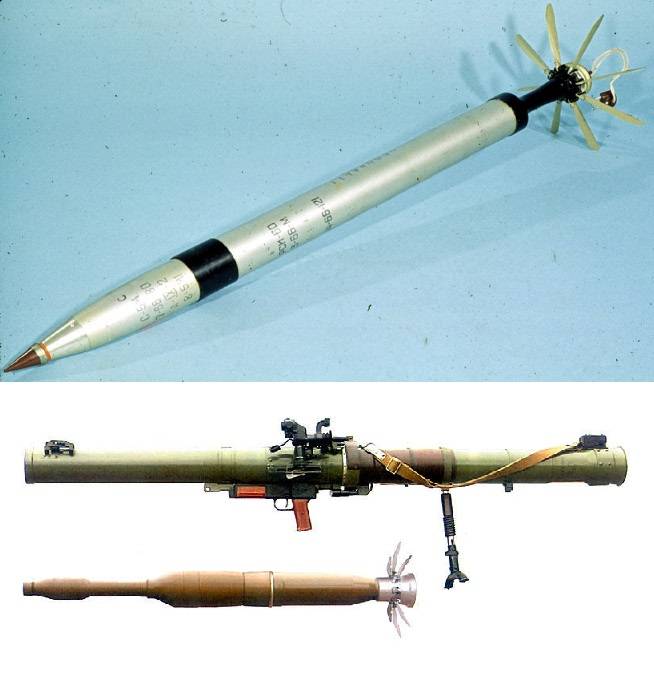
There is also a compromise option - the creation of simplified guided missile weapons, for example, with the simplest inertial navigation system, capable of providing an increased hit probability compared to completely unguided ammunition.
Another option is to create relatively inexpensive types of guided weapons.
An example is APKWS (Advanced Precision Kill Weapon System) - a modernized version of the American unguided missile HYDRA 70. During the upgrade, the ammunition received a module with a homing head for reflected laser radiation, drives and rotary rudders. The process of upgrading HYDRA 70 to APKWS is as follows: the HYDRA 70 rocket is disassembled into two components (warhead and rocket engine), between which a new block with blades and sensors is screwed in. The cost of such ammunition is about $ 10.
In Russia, similar ammunition was developed by the STC JSC AMETECH. It was planned to create modifications of the S-5Kor, S-8Kor and S-13Kor, created on the basis of the NAR of 57, 80 and 122 mm calibers, respectively.
Based on the foregoing, it can be assumed that the average cost of destroying a target for a tank equipped with a cannon with ammunition, including BOPS, HE shells with remote detonation and guided shells, will be comparable to the cost of destroying a target with a rocket tank, the ammunition of which will include hypersonic ATGMs, as well as guided and unguided rockets of various types.
Mass and reaction rate
Another important drawback of tank weapons is their mass. For example, the mass of the already mentioned cannons, the 125-mm 2A82-1M and 152-mm 2A83 cannons, is respectively 2700 and 5000 kg, the mass of the newest 130-mm Next Generation 130 cannon from Rheinmetall is 3000 kg. And this is without taking into account the mass of the turret required for its placement, drives and everything else that relates to a tank gun.
In fact, the mass of a gun with a turret can be from a quarter to a third of the mass of the entire tank.
In addition to the fact that this mass could be better used, for example, to enhance armor from all projections of the armored vehicle, there is one more problem.
A distinctive feature of the ground battlefield is its highest dynamism, suddenness of the appearance of threats, the ability to effectively camouflage tank-hazardous targets. Under these conditions, an extremely important parameter is the reaction speed of a combat vehicle and its crew, including the speed of aiming weapons at a target, read: turning the gun / turret.
Article “Armored vehicles against infantry. Who is faster: a tank or an infantryman? ", we have already seen that the rate of turn of the turrets of tanks and other armored vehicles is currently on the order of 30-45 degrees per second, and it will be difficult to increase it, especially taking into account the increase in the caliber and mass of the guns.
On the other hand, existing industrial Robots, capable of manipulating objects weighing hundreds of kilograms or more, have turn rates of the order of 150-200 degrees per second.
Based on this, in the project of a promising missile tank, the requirement for the creation of a launcher with high angular turning speeds may initially be laid down, which will ensure the aiming of weapons at the target several times faster than a tank equipped with a gun can do.
The speed and precision of the movements of a modern industrial robot. When developing a launcher for lifting and guiding (turning) missiles in a transport and launch container weighing about 100-150 kg, such a number of degrees of freedom will not be required, which will significantly simplify the development
Conclusions
A missile tank, which can be implemented using existing technologies, will not be inferior to a tank equipped with a cannon, when solving problems of destroying enemy tanks at a distance of up to 2000 meters, and at a longer range, it is likely to significantly surpass it.
The capabilities of a promising missile tank to defeat other types of targets will be significantly higher due to the more flexible formation of ammunition by guided and unguided missiles of various types.
The average cost of hitting a target for cannon and missile tanks will be comparable, taking into account the limited resource of the barrel of tank guns and the possibility of using guided and unguided missiles of various types and purposes on a missile tank.
On a promising missile tank, the highest reaction rate to a sudden threat can be realized by increasing the speed of targeting weapons compared to the speed of the turret of a tank equipped with a large-caliber cannon.
Rockets supplanted guns on airplanes and surface ships, even on submarines, options were considered for abandoning torpedo tubes in favor of placing torpedoes outside a solid hull (on submarines, this is complicated by the enormous pressure and corrosive environment in which torpedoes should be located outside the solid hull), perhaps it's time to return to missile tank designs, implementing them at a new conceptual and technical level.
We will talk about how a promising missile tank might look like, about the choice of a platform, the composition of ammunition and auxiliary weapons, as well as whether cannon and rocket tanks can and should exist simultaneously in the next article.
- Andrey Mitrofanov
- topwar.ru, bmpd.livejournal.com, andrei-bt.livejournal.com
- Fire support tanks, BMPT "Terminator" and the cycle of OODA John Boyd
Armored vehicles against infantry. Who is faster: a tank or infantry?
Increased situational awareness of armored combat vehicle crews
Ergonomics of workplaces and combat algorithms for promising armored vehicles
Unmanned systems for advanced armored vehicles
Fire support tanks, BMPT "Terminator" and the cycle of OODA John Boyd
Electric tank: prospects for the use of electric propulsion in ground combat equipment
Protecting ground combat equipment: take cover and dodge
Protection of ground combat equipment. There isn’t much armor?
Protection of ground combat equipment. Reinforced frontal or evenly distributed armor protection?
A helicopter against the tank. Standoff more than half a century long
Russian military helicopters and their weapons. History, present and future
Great extinction. Why certain types of weapons may disappear?
Prospects for the development of ATGM: hypersound or homing?
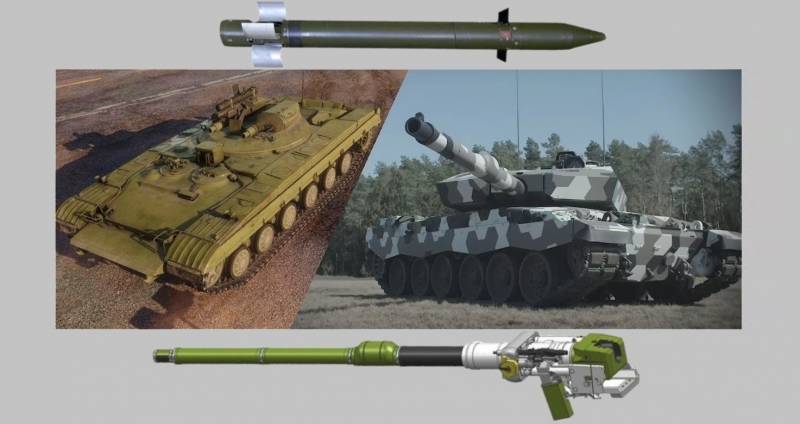
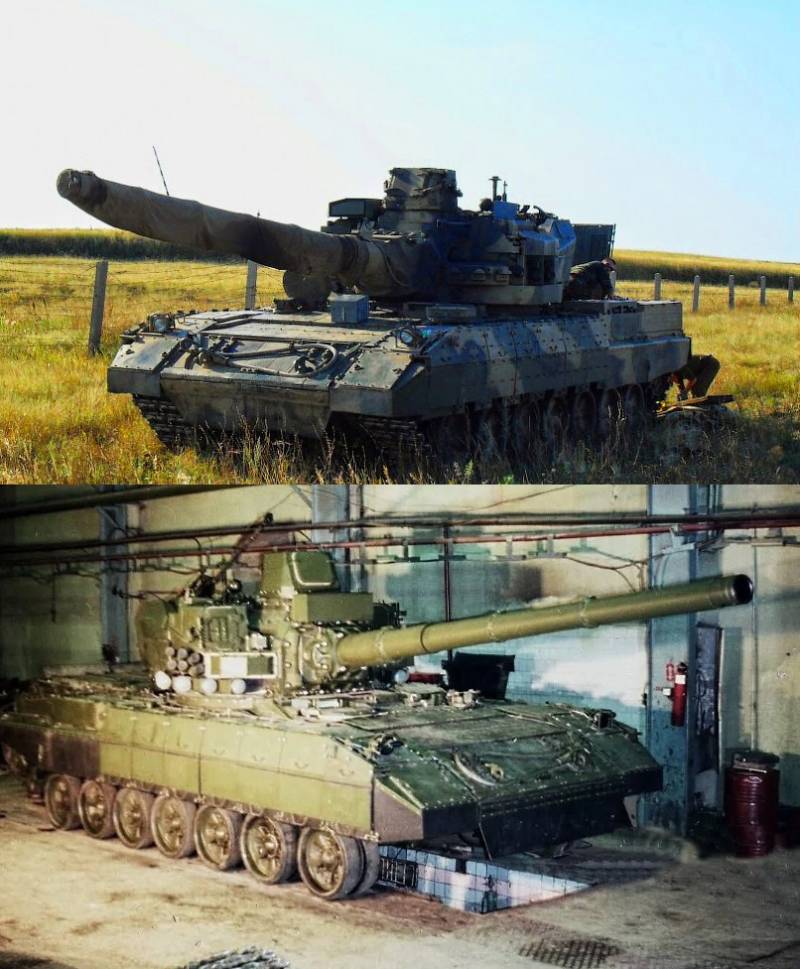
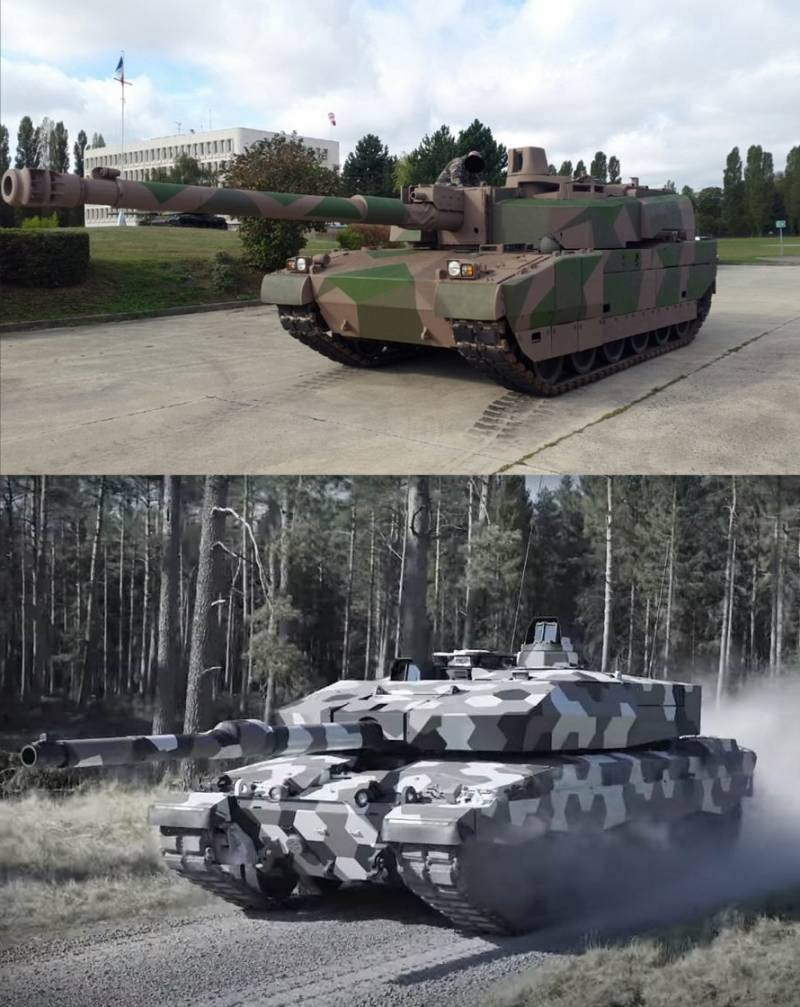
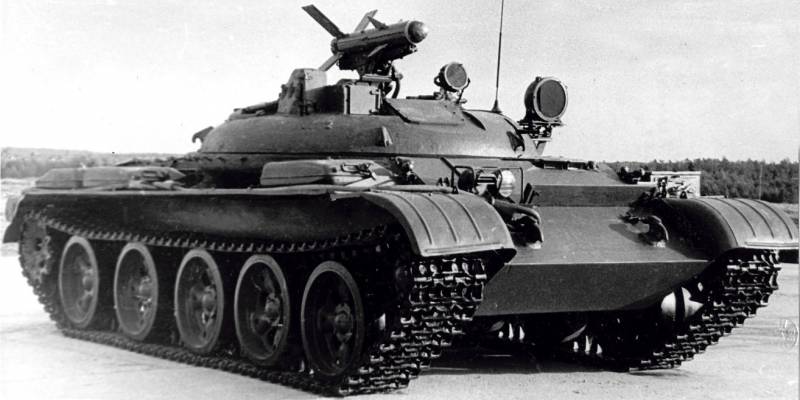
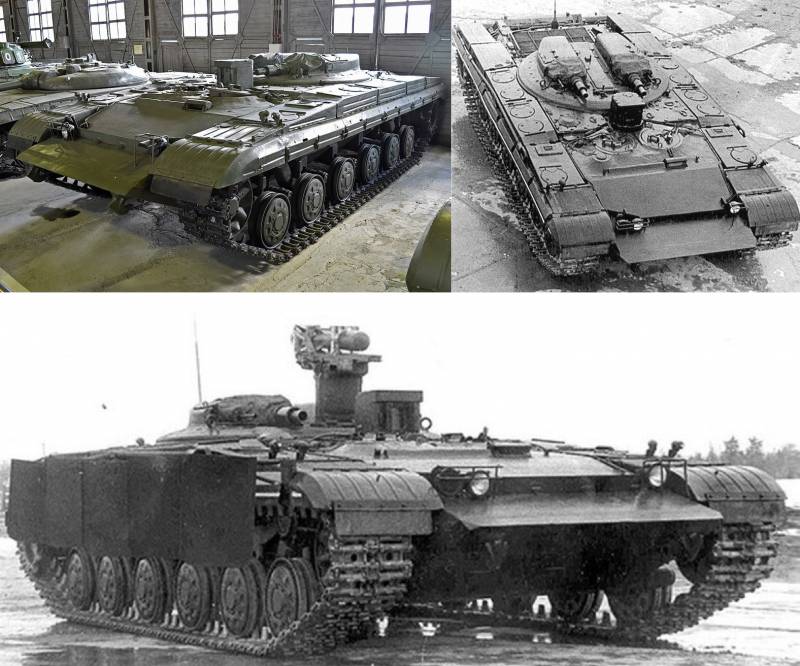
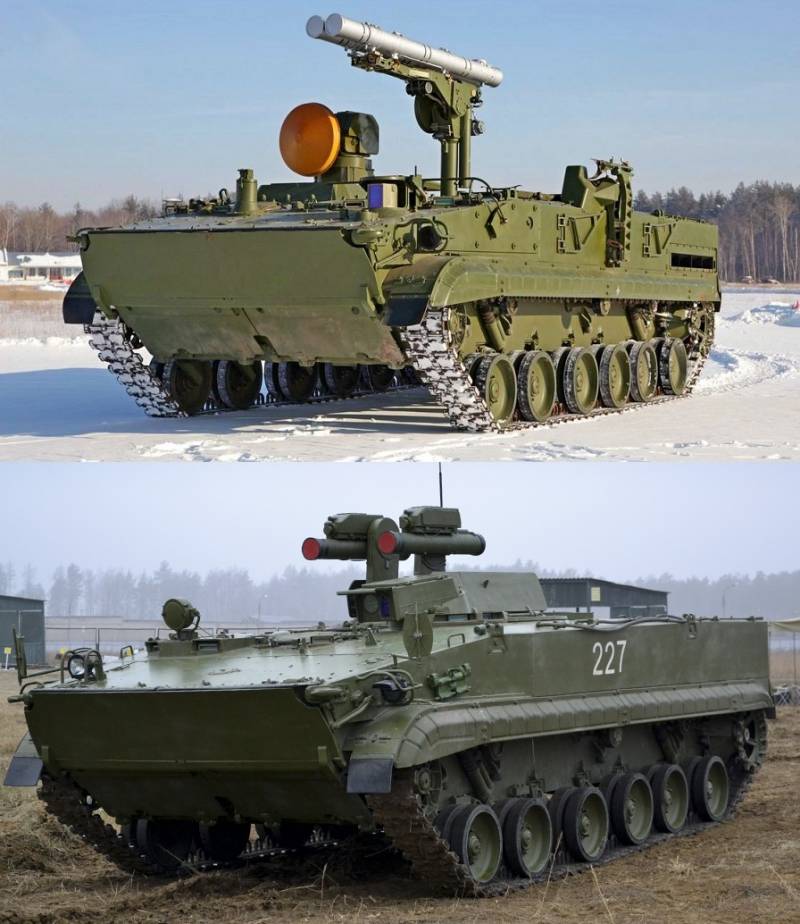
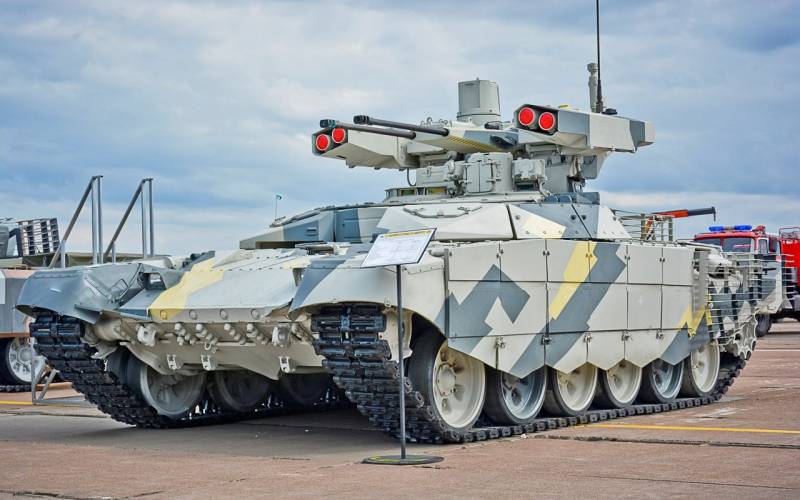

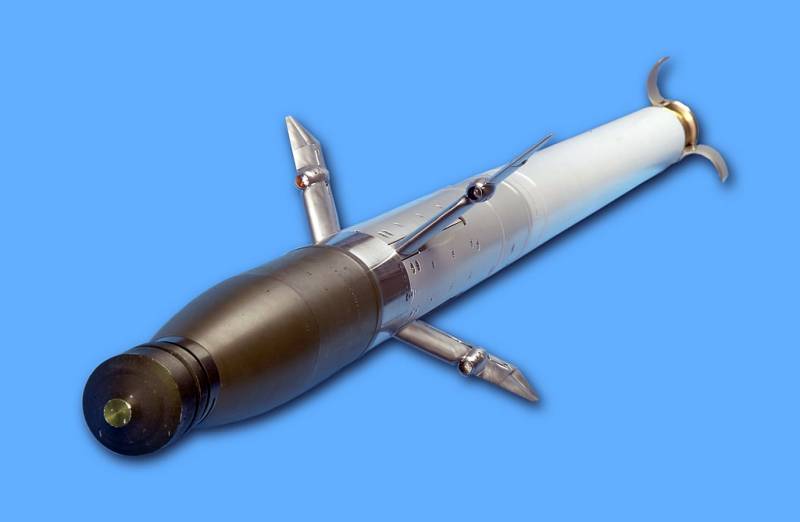
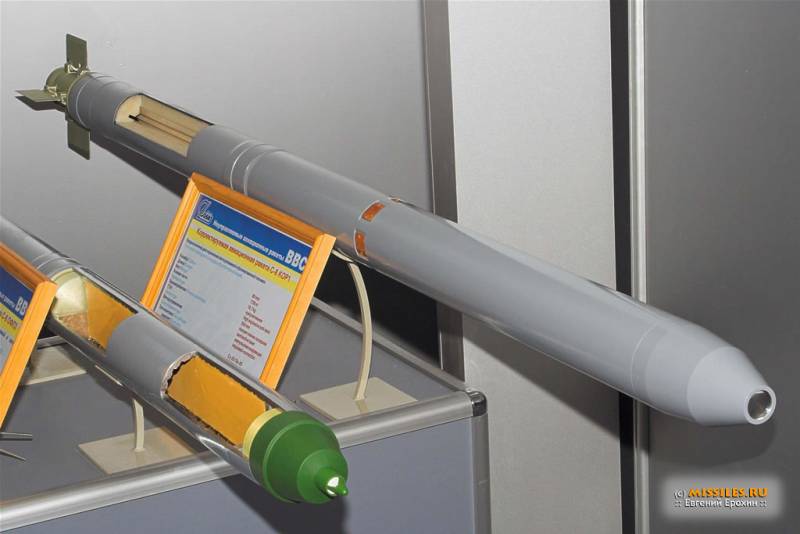
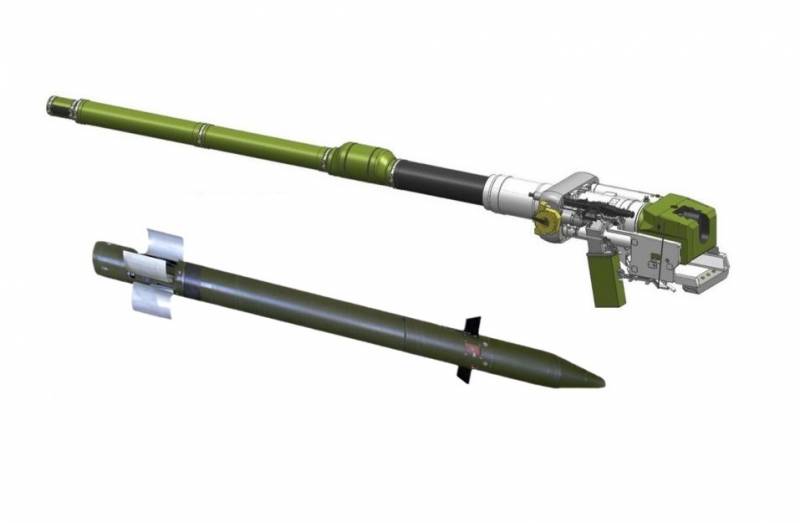
Information